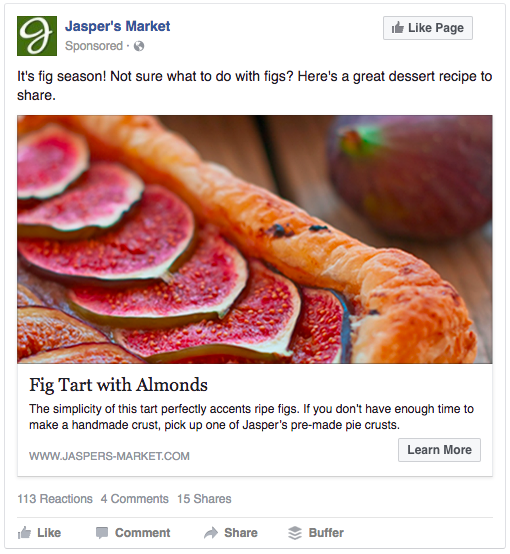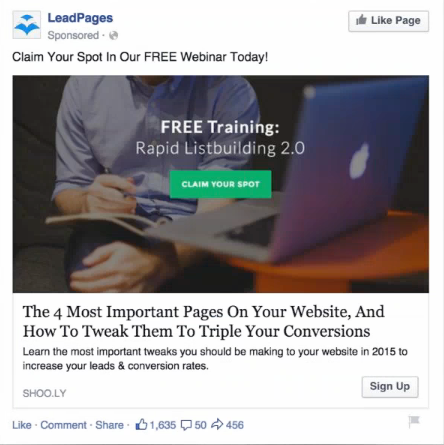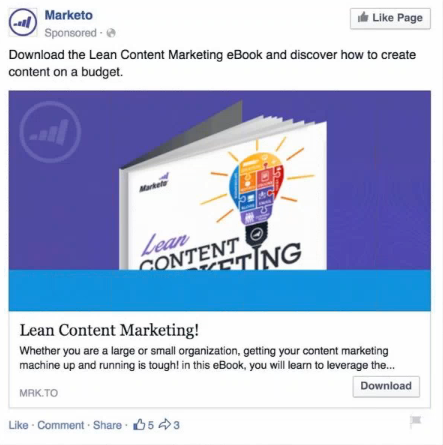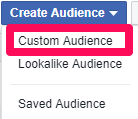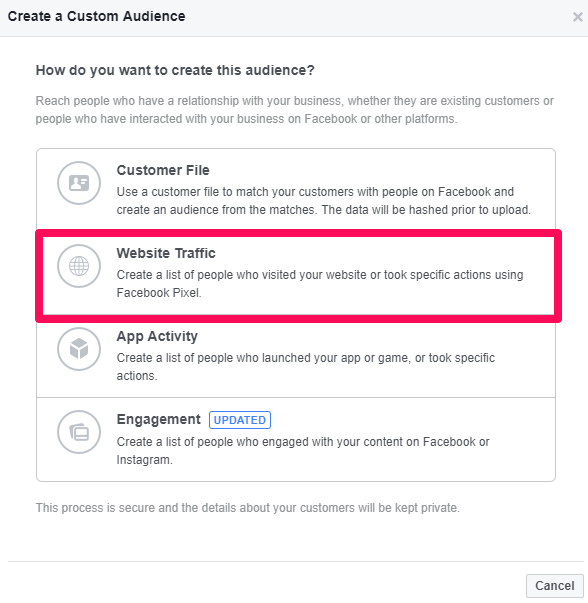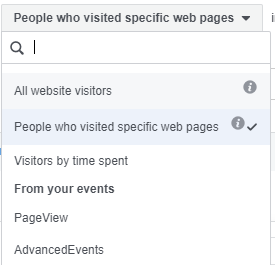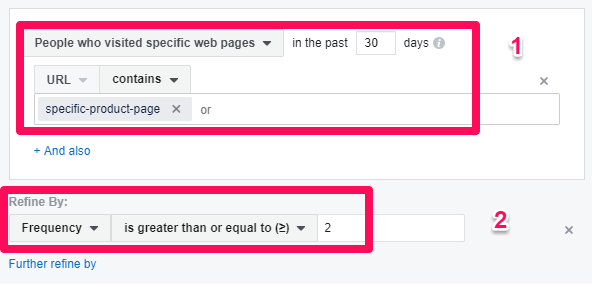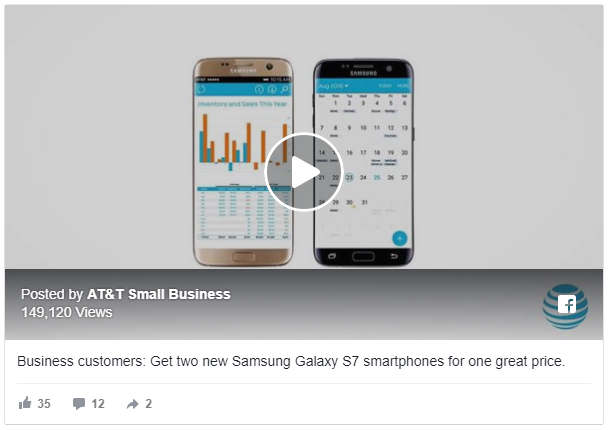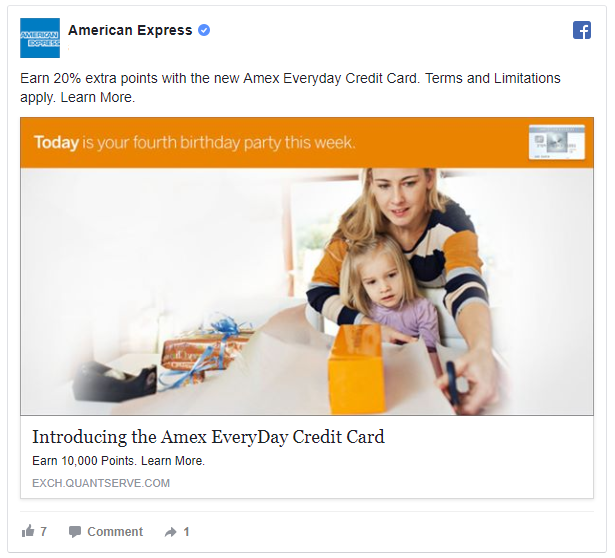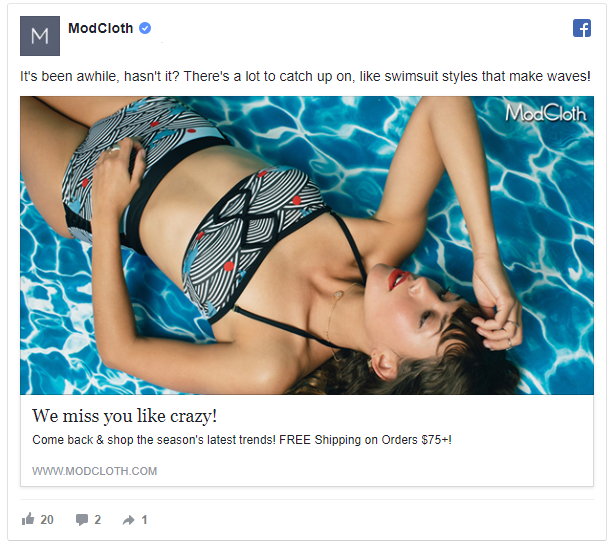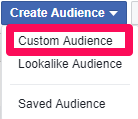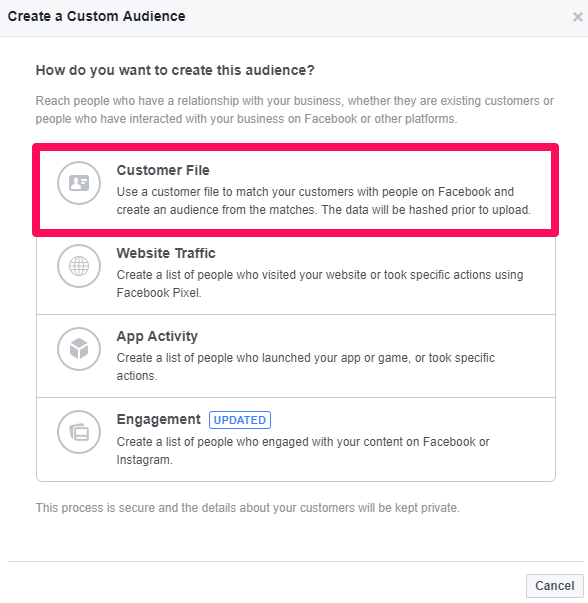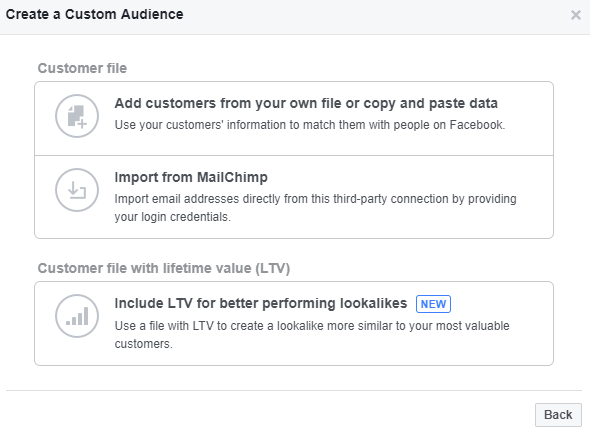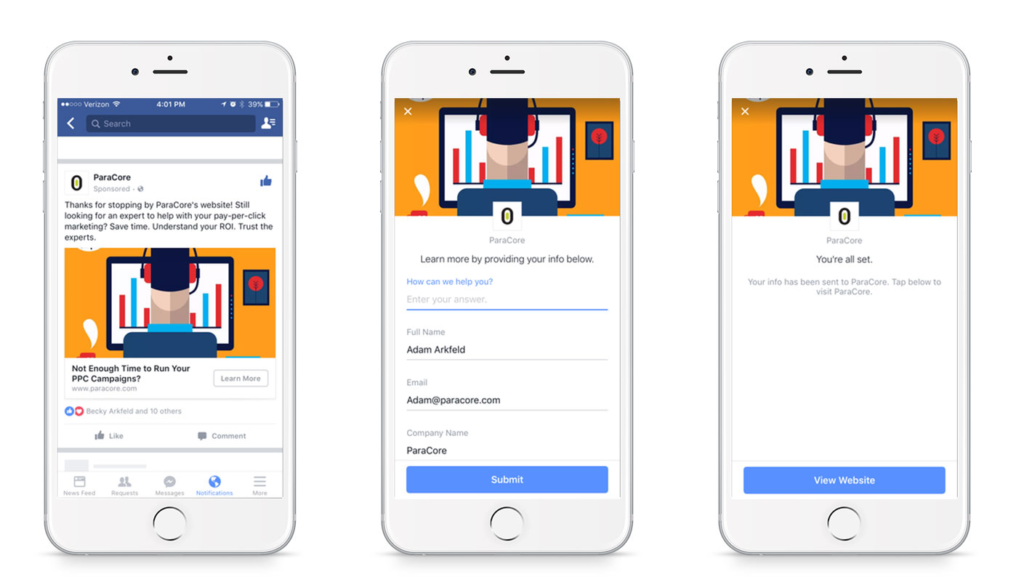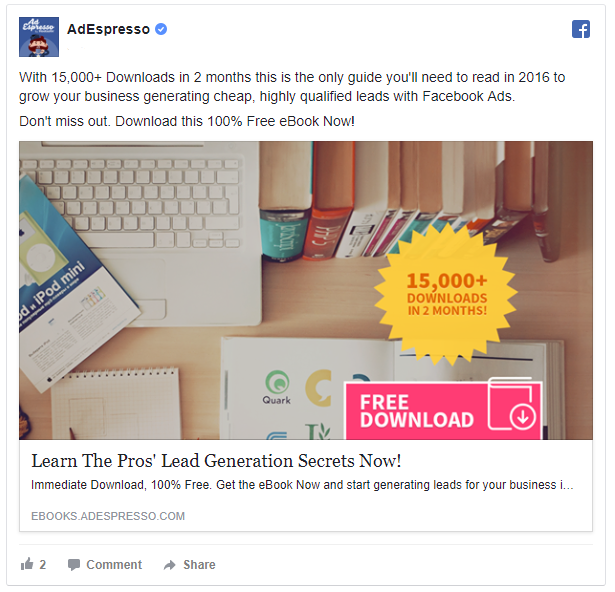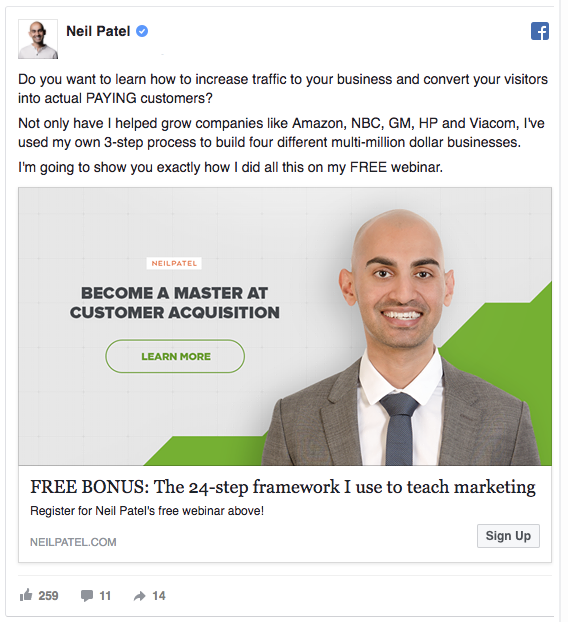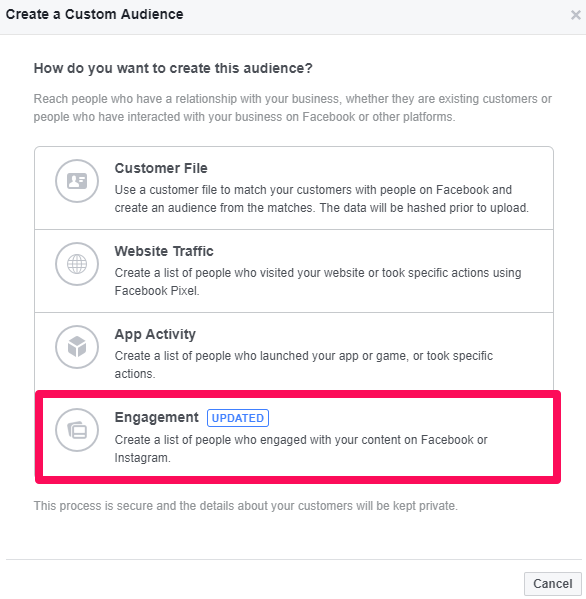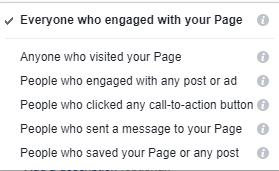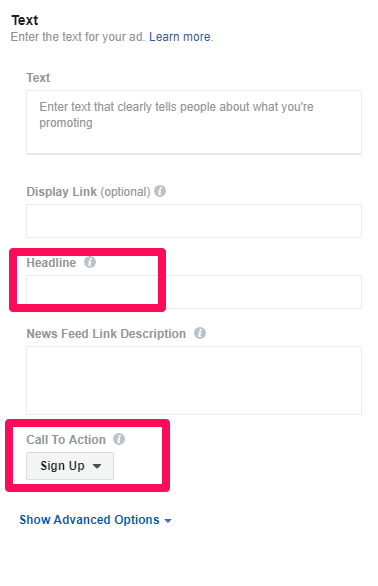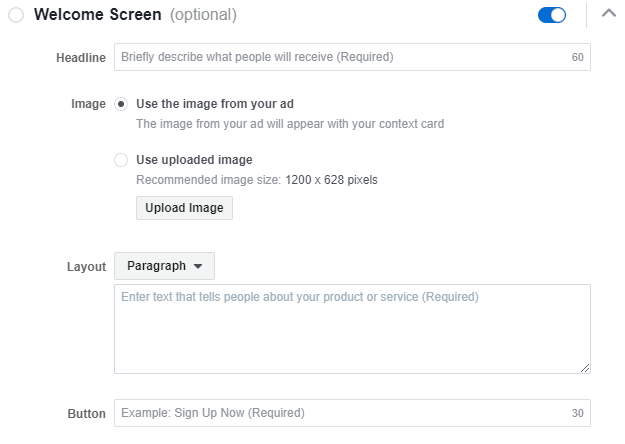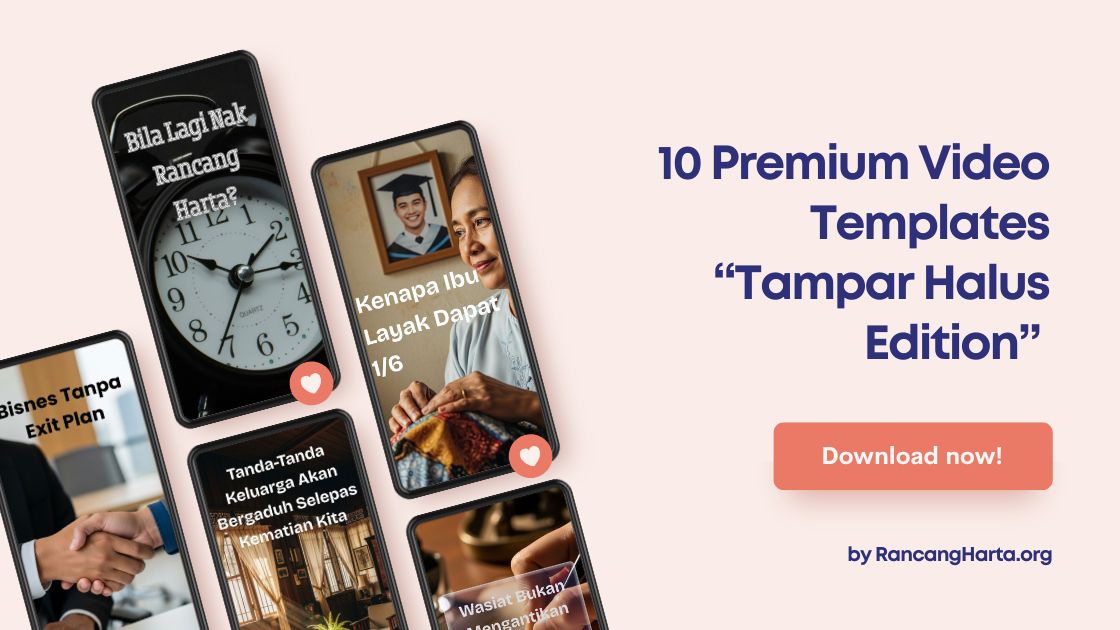
3 Examples of Retargeting Strategies That Actually Work
Don’t you hate when you watch a buyer get close to converting only to do an about-face and leave your site?
If there were just a way to get them back and get their attention again, to remind them why they were interested in the first place.
Guess what? There is.
Retargeting is one of the best ways to close sales that didn’t happen.
The fact is, the mass majority of users won’t convert on their first visit to your site.
This means only a small portion of your traffic will convert.
And that’s the problem.
You can’t just let the lion’s share of your traffic leave and blame it on the current system of marketing.
You have to take action and get those visitors to return with the goal of converting.
Now I’m sure you’ve heard the remarketing skeptics who question whether it makes users angry or invades their privacy.
But the truth is, retargeting works when it comes to bringing people back to convert.
On top of that, retargeting efforts are actually pretty cheap compared to most types of advertising.
And you can offer ads that have a higher ask instead of running awareness ads to drive users down your buyer’s funnel.
So, how do you do it? What retargeting efforts do you need to try?
There are actually a bunch of amazing companies out there right now creating great retargeting campaigns.
Here are three examples of retargeting that actually work — and how to copy them for your success.
1. Retargeting specific URL visits
There are a lot of ways to go wrong with retargeting, and many marketers fall victim to these mistakes.
They simply fire up Facebook or Google AdWords and run a retargeting campaign based on website visits in the past 90 days.
While that’s fine, it’s not the best way to do it.
As you probably know, I’m all about working smarter, not harder.
I love to spend as little time on a task as I can, yet still get the same benefits as someone who spends hours and hours.
I used to run Facebook retargeting campaigns like this on the Business Manager:
I’d simply retarget everyone who landed on my site.
But that didn’t get me anywhere. My conversion rates were the same as my website.
Low.
People just didn’t want to buy yet. And it makes sense.
I cast too wide of a net. I can’t reasonably expect a 50% conversion rate on an audience of millions.
If you know someone who can do that, hire them ASAP.
Retargeting every website visitor means you run the risk of diluting your marketing message.
For example, let’s say that visitor X came to your website and read a single blog post and bounced.
Now let’s say visitor Y came to your site, read that same blog post, but then also filled out a lead-magnet form and even checked out your product and pricing page.
What’s your general website visitor retargeting offer going to be now?
If you offer a lead magnet, that won’t make sense to visitor Y. If you offer a free trial, that won’t apply to visitor X yet.
You risk sending the wrong offer to the wrong person at the wrong stage of their buyer’s journey.
So what do I recommend? Targeting users by specific actions taken on your site.
For example, check out this retargeting ad I got from Jasper’s Market:
Notice how hyper-focused that targeting, messaging, and content is?
It’s literally about a single product they offer.
I visited their products, and they noticed I spent large amounts of time and frequency on their pie crust page. After all, who doesn’t love pie?
Then they used that data to target me with an ad focused on how to use their pie crusts.
They gave me an example of how their product could provide value in my life.
That’s one of the best methods of retargeting I’ve ever seen.
Why? Because people who don’t convert on your products usually experience two things:
They don’t want to pay you money yet.
They don’t know how your product can help them.
Jasper’s Market effectively touched on the second point in a strong way.
They communicated exactly how I could find value in the product I was already looking at.
Another example I saw recently was from LeadPages.
Again, notice how tailored the targeting is in this ad.
It was delivered to everyone who landed on a specific web page URL, rather than simply retargeting all site visitors.
This allowed them to get a select group of interested, potential buyers back to their site.
I visited their webinar-training landing page and was immediately retargeted after not converting.
Or, how about this example from Marketo:
I visited their content marketing e-book page to learn about cheap content creation methods.
Just a few days later, after not revisiting or converting, they reeled me in with a specific, CTA-oriented, retargeting ad based on the exact page I visited.
So the point is:
Retargeting based on specific URL visits works. It’s one of the best retargeting methods I’ve seen.
So how do you do it?
There are two platforms I recommend: Google AdWords and Facebook.
For this example, we can use Facebook since it’s one of the most popular ways to run retargeting ads.
Plus, I find much greater success on Facebook over display ads on AdWords.
But to each their own.
To get started, open the Facebook Business Manager and create a new, custom audience.
Custom audiences on Facebook should be your top retargeting strategy.
They allow for some of the most diverse customization options marketers can use.
You can create a new custom audience from the drop-down menu.
From the menu of custom audience options, we want to select website traffic as our marketing goal.
This audience type will allow you to create lists of people who visited specific URLs.
For the next step, be sure to select “People who visited specific web pages.
From here, you can get as detailed as you want.
Are you prepping for a webinar? Do you have a landing page you’re driving traffic to for a specific goal?
Do you notice that tons of people read about your product but don’t convert?
This is your time to get them back.
Remember that Jasper’s Market example? They saw that I frequently visited a specific product on their site but didn’t buy.
Here’s how to retarget that specific option.
Target specific web page visits based on a commonly viewed product.
– Refine that targeting by frequency.
– Doing this will tell you one major thing:
The people visiting this product with high-frequency simply need a small push to convert.
Use an ad that shows them how to use that product. Show them the value or benefit of buying it.
Since they’ve viewed the product multiple times, you know they’re probably almost ready to buy.
Using this type of retargeting is one of the most effective ways to convert visitors.
2. Retargeting existing customers
You may ask, “Neil, why on Earth would I want to retarget existing customers?”
I’ll give you one simple reason: to resurrect unresponsive email subscribers who haven’t purchased in a while.
One big problem with email lists is that most of your subscribers are going to become unresponsive at some point.
The list will experience “churn,” where new visitors join and old ones become unresponsive.
This means your email upsells aren’t even reaching your intended user.
So what do you do? You need to start retargeting past your existing customers.
And it’s actually incredibly cheap because the ads are so relevant, which means your CTR will be high.
For example, check out this ad I got from AT&T for Small Business:
They already know I’m a current customer who’s using their products/service.
But they retargeted me anyway.
Why? Because they wanted to upsell me on new products as I was becoming unresponsive to their company email list.
Or how about this ad from American Express:
I’m already a customer, and they wanted me to convert on yet another credit card from them.
Are you seeing a pattern with these examples?
They focus on retargeting visitors who have previously converted or are existing customers.
Here’s one of my favorite retargeting examples of this method from ModCloth.
We miss you like crazy!
The targeting premise of this advertisement is pretty obvious.
They’re retargeting old customers who haven’t made a purchase in a while.
And this kind of thing works.
Why? Because people have already converted on your products and services, meaning you risk nothing by asking them to come back.
And it’s incredibly easy to set up, too.
Again, you can do this on either AdWords or Facebook, and it only takes a few minutes to set up.
To get started, head to Facebook’s Business Manager and navigate to the audience section again.
From here, create another custom audience.
Then select the customer file option.
This will allow us to import contacts directly from MailChimp or upload an exported list of current or old customers.
The key here is to sort your customer file or MailChimp contact list by how old or unresponsive customers are.
If you have customers that are consistently buying from you, don’t waste money advertising to them.
Focus your efforts here on customers that haven’t converted in a while or who haven’t responded to marketing emails.
This will give you another great shot at bringing them back to your products.
3. Lead-gen ads based on page engagement
If you aren’t finding success with website-based retargeting efforts, this might be your best bet.
Facebook has a powerful new form of lead generation, using what they call “Lead Ads.”
These are essentially form-based ads that offer lead magnets in exchange for customer information like email address and job type.
It’s the same idea as running an e-book lead magnet on a landing page on your website.
But the Facebook Lead Ads are actually one of the most intuitive, natural-looking forms you can create.
Here’s an example of how they look and work:
They’re beautiful, seamlessly integrated ads that offer a lead magnet for the customer.
And one of the best ways to run these ads is by using Facebook page engagement as a retargeting setting.
Before we jump into the how-to details, let’s look at a few of these examples and how effective they can be.
Here’s a lead generation ad from AdEspresso:
When I click on the ad, I’m taken directly to a lead-gen form within Facebook.
This is incredibly effective in getting people to convert because it doesn’t force them to leave Facebook.
People don’t browse Facebook every day to see ads.
They browse it to interact with friends and family or read news articles.
So taking someone offsite is a big risk in wasting your ad spend and causing them to click through but not convert.
That’s why lead ads are so successful. They don’t interrupt the process or habit of a typical Facebook user, yet they still allow them to get the lead magnet.
I’ve used these types of ads before.
They’re really great for providing a clear-cut CTA that gets people to convert.
So why should you retarget people based on Facebook page engagement?
Because you know these users are active on Facebook, which means your retargeting efforts are going to be much more successful.
These hyper-aware users are likely always checking out new brands on social media.
It only makes sense to target them with Facebook Ads.
To get started with a lead-generation ad, we first need to create an audience based on page engagement.
When creating a new, custom audience, select “Engagement” from the list.
Next, select your Facebook Page as the retargeting effort.
From here, you have a bunch of options to choose from depending on how specific you want to be in your retargeting.
For example, you can retarget anyone who engaged with a post or ad, someone who previously clicked on a CTA, or someone who saved your page or post.
Once you’ve selected a retargeting metric, you can save this audience and head to the Facebook Ads Manager to create a new lead-gen ad.
Select “Lead generation” as your marketing objective.
Next, select your ad format.
For this, I recommend using a single image, single video, or slideshow.
Carousels are often too complex for a simple lead-generation-focused ad.
Too many CTAs are going to drive conversions away.
Next, you need to edit the content and lead magnet on the ad
This is the section where you start to create an offer or incentive for these retargeted customers to give you their email address.
For example, are you going to offer an e-book, white paper, coupon, or something else?
You need to give them a reason to fill out your form and click on the call to action.
Next, be sure to edit your form fields and optimize them to your needs based on that audience.
Be sure to limit your form questions in the next step to only grab the most important information.
You don’t want to overwhelm visitors or take up too much of their time.
The goal here is to collect leads in an easy, painless way.
Facebook’s page-based retargeting is one of my favorite ways to drive users back to my site or convert on lead magnets and products.
They’re often very engaged audiences who use Facebook differently than most users.
Instead of mainly using it to interact with family or friends, they actively seek out businesses on the platform.
Use this as an opportunity to convert visitors that wouldn’t convert on your site, or who simply showed interest in your pages.
Most of your website traffic simply won’t convert on the first visit.
They don’t know who you are, what you do, or even how you could help them.
So they just aren’t ready, or willing, to buy your product or service yet.
And that means most of your traffic is leaving without buying from you.
So what do you do?
You start using retargeting to get people to come back.
Despite “banner blindness” being a major factor in online advertising, there are still a few ways to retarget visitors without driving them crazy.
And if you want more conversions, you need to be running them ASAP.
Start by retargeting specific URL visits. This is one of the most accurate retargeting efforts you can use to convert customers.
I see it all the time on my Facebook feed and I constantly convert on them.
Next, try retargeting unresponsive, existing customers.
For example, if someone hasn’t converted in the past six months, send them a few ads to drive more sales.
Finally, conduct lead-generation ads that correspond with engagement on your site.
This will help you pull in users who are already engaged and thus more likely to be receptive to the ads.
Just remember: retargeting efforts need to be specific and hyper-focused if you want to drive conversions.


